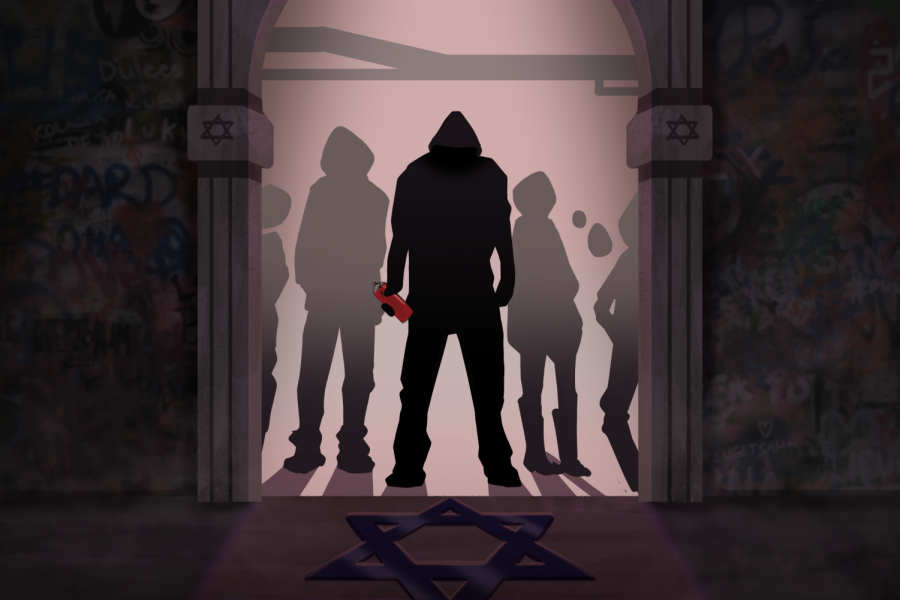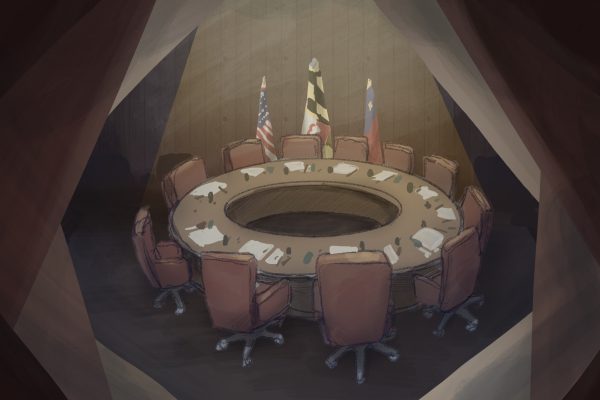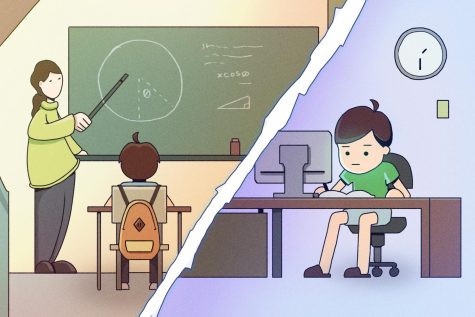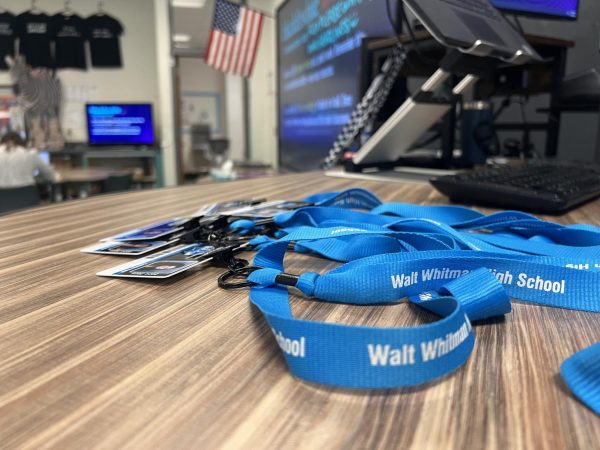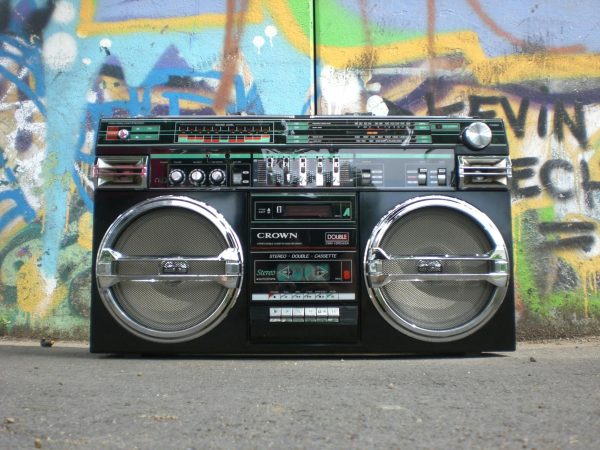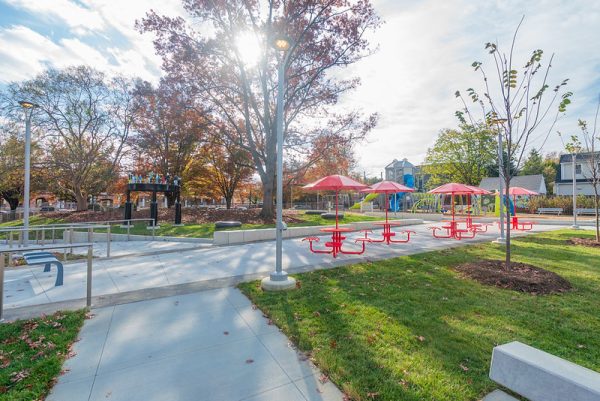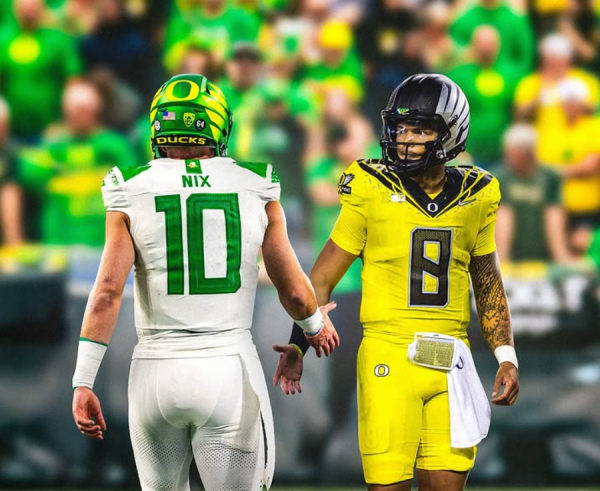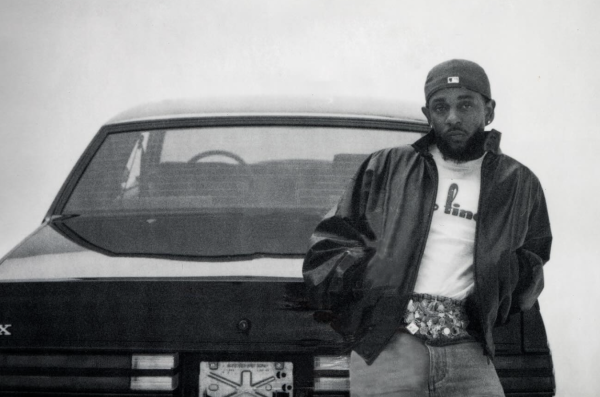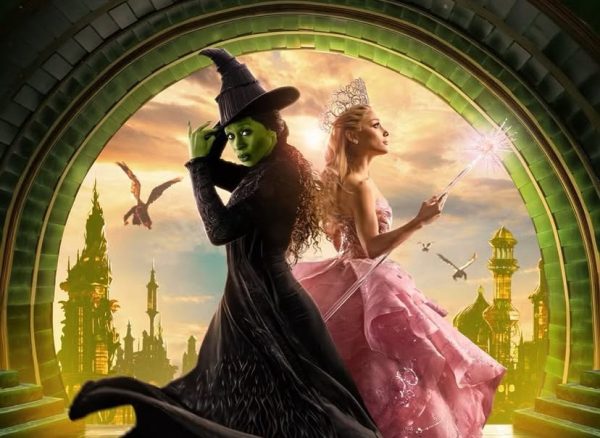“Are we in danger?”: Community members reflect after antisemitism hits close to home
County officials and community members worked quickly to remove the painted images, but pictures of the graffiti continued to circulate on social media platforms in the following days.
In the early hours of the morning on Monday, Nov. 14, the Montgomery County Police received reports of antisemitic vandalism on a wall along the Bethesda Trolley Trail above I-270. The graffiti depicted hanging figures next to the words, “No Mercy for Jews.” Next to these images, “1488,” a reference to the Great Replacement theory, and the words “Heil Hitler,” accompanied three swastikas and white supremacist symbols.
This defacement marks the second instance of antisemitic vandalism on the Trolley Trail in four months. Hours after encountering the graffiti on the Trail in mid-November, Bethesda residents also discovered a spray-painted swastika on a brick wall on Old Georgetown Road and Tuckerman Lane. In late September, Pyle Middle School security guards discovered graffiti containing racist slurs and antisemitic symbols on a retaining wall behind the school — an incident that was particularly unsetting for many community members, who wondered if they may personally know the juvenile perpetrators.
Although junior Ian Gaull wasn’t surprised by the graffiti due to the prominence of antisemitism in pop culture, he said that the images were still hurtful. The act led Gaull to question if the latest incident was indicative of a disturbing trend in the community, he said.
“My thoughts throughout incidents like these are just: are we in danger?” Gaull said. “This kind of hate happens to what end?”
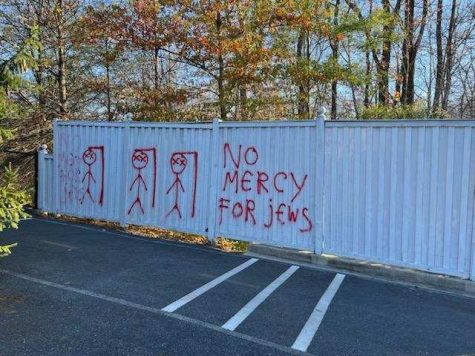
County officials and community members worked quickly to remove the painted images, but pictures of the graffiti continued to circulate on social media platforms in the following days. The images hit close to home for Jewish Student Union Secretary Ryan Kulp, a senior, who first encountered the graffiti on Instagram.
“I knew antisemitism was very prevalent in the world, especially in recent days because of social media and celebrities,” Kulp said. “But this was the first time I realized that this is way closer to us than many people think.”
The graffiti comes amidst a rise in antisemitic incidents nationwide. A recent report from the Anti-Defamation League (ADL) found a 34% increase in antisemitic incidents in 2021 compared to the previous year.
The incidents also came less than six weeks after rapper Kanye West drew backlash for tweeting that he plans to go “death con 3” on Jewish people; more recently, West praised Adolf Hitler in an interview with conspiracy theorist Alex Jones. The NBA also suspended Brooklyn Nets player Kyrie Irving in late October after the basketball star tweeted a link to a film that promotes conspiracy theories such as Holocaust denial.
In an email to The Black & White, Jewish Federation of Greater Washington Chief Marketing Officer Monica Herman wrote that the rise in antisemitism in pop culture and among celebrities is a cause for concern because it can escalate into violence.
“As antisemitism spreads, it touches every part of American life: both sides of the political spectrum, college campuses, pop culture and the workplace,” Herman wrote. “When leaders and celebrities use their followings to traffic in hateful tropes, it clearly incites violence and attacks like the ones we’ve recently experienced.”
In the days following the Nov. 14 graffiti, the ADL worked with local law enforcement to investigate the vandalism and coordinate a response to antisemitism in the community, according to ADL D.C. Regional Director Meredith Weisel.
“It’s really incumbent upon us to speak up and speak out against hate that we’re seeing, whether it’s from a politician, media personality, company, or celebrity,” Weisel said. “We can’t allow them to give a platform to the most extreme voices in our society.”
Whitman implemented the ADL’s “No Place For Hate” anti-bias program in 2019 in response to a series of hate-bias incidents at the school. The program uses a “Pyramid of Hate” to model the evolution of stereotypes into harassment, vandalism and ultimately into systemic oppression. Without a strong response to bias and stereotypes after antisemitic behavior, higher-level incidents on the pyramid are more likely to take place, Weisel said.
At Whitman, students and staff members are putting education at the forefront of their response to antisemitism. In addition to seeking more material on the Holocaust and Jewish culture in history and reading curriculums, students plan on addressing antisemitism in school initiatives such as OneWhitman, Kulp said.
Student leaders in the Whitman Jewish Student Union and the OneWhitman Planning Committee are working with administrators to coordinate a Dec. 14 OneWhitman session that will focus on Jewish life and antisemitic hate. The Jewish Student Union hopes that the session will educate students on Jewish culture and provide them with the tools to combat stereotypes, Kulp said.
According to Leadership Academy for Social Justice Lead Teacher Sheryl Freedman, the recent acts of hate reveal that there is significantly less education on Jewish history and antisemitism than the community realizes.
“There’s a perception that because there is a sizable Jewish community in Bethesda and at Whitman, antisemitism is not a problem. It’s become clear that that’s not true,” Freedman said. “What we can do and have to do is encourage people to say something if they’re witnessing bias, and give people the tools to de-escalate and speak up against any kind of hate.”
For Gaull, educating the community on the past and present experiences of the Jewish people is an important first step towards combatting antisemitism, he said.
“If we can’t have basic instruction on Jewish history and culture, then this will continue to happen here,” Gaull said. “At what point is there actual violence and serious danger for the Jewish population of Whitman and Bethesda?”
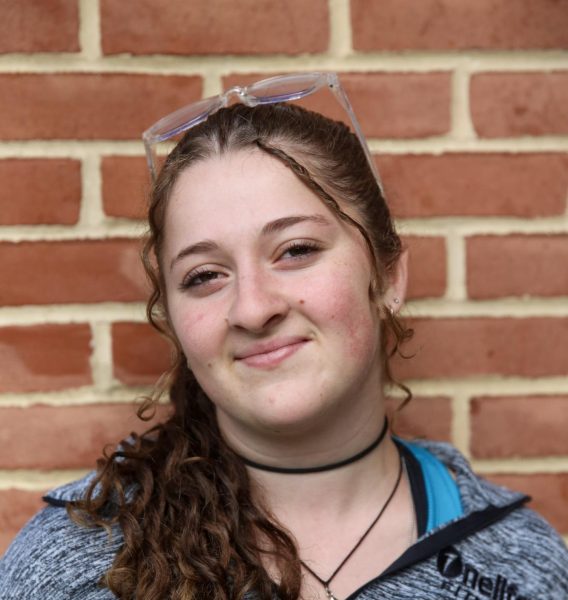
Why did you join The B&W?
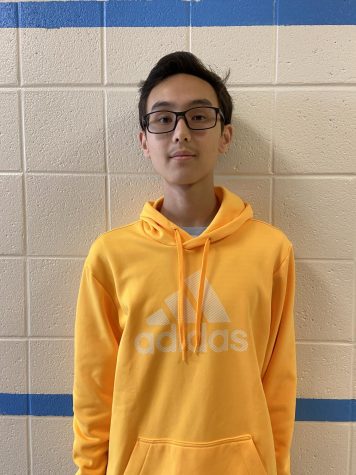
Why did you join The B&W?
To improve my art and design skills.
What is your favorite board game?
Blokus




